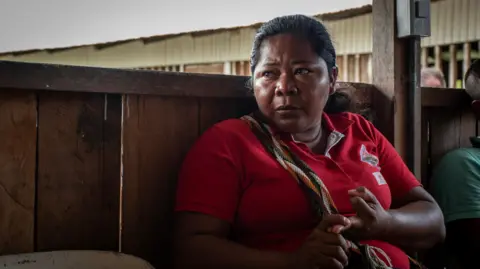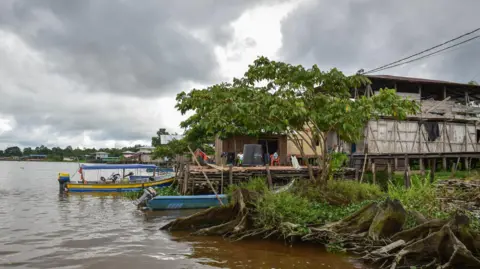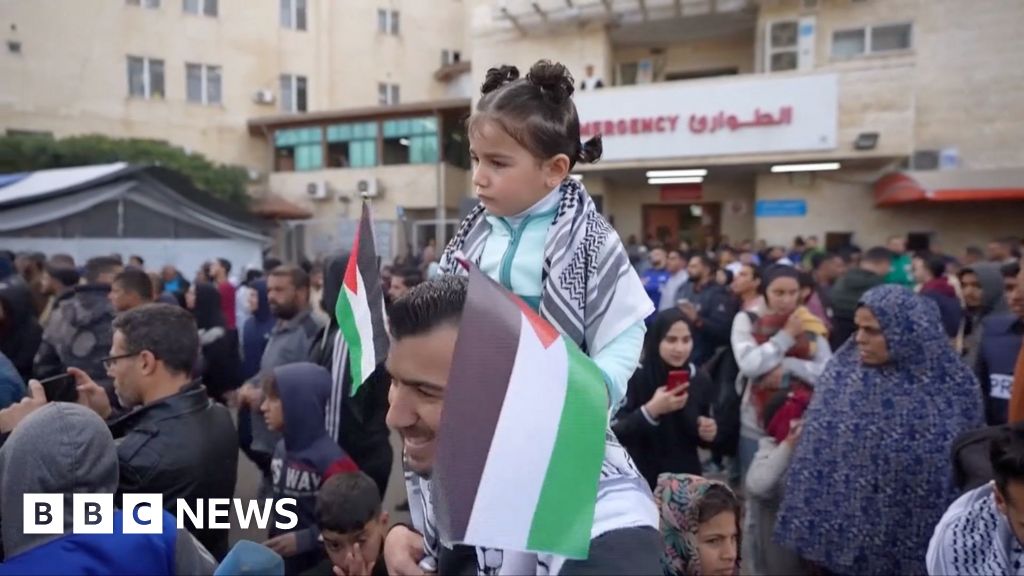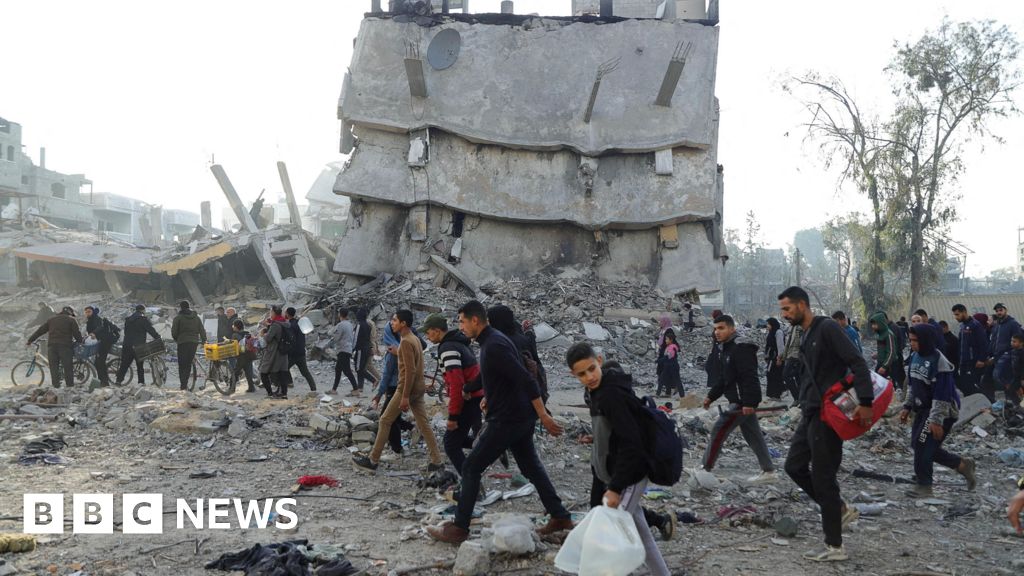ARTICLE AD BOX

 Jess Wanless/NRC
Jess Wanless/NRC
Indigenous communities are among those worst affected by the armed violence
The number of Colombians living in areas in which armed groups operate has shot up by 70% over the past three years, the Norwegian Refugee Council (NRC) warns.
The NGO says there are now almost 8.4 million civilians living in conflict zones in which armed groups use intimidation and violence to control their lives.
The head of the Norwegian Refugee Council, Jan Egeland, told the BBC how rural communities in particular had come "under siege".
Mr Egeland, who is on a visit to Colombia, said rampant violence was not just harming Colombians, but also refugees and migrants passing through these areas.

 Jess Wanless/NRC
Jess Wanless/NRC
Migrants heading north have to cross the Gulf of Urabá by boat before embarking on the dangerous trek across the Darién Gap
Eight years after the Colombian government signed a peace agreement with the country's largest rebel group, the Revolutionary Armed Forces of Colombia (Farc), violence has reached "devastating" levels, according to the NRC.
While the demobilisation of the majority of the Farc rebels created a sense of hope in violence-wracked areas, the vacuum left behind was quickly filled by other armed groups.
Mr Egeland said that the battle between rival groups for control of territory and drug routes meant that in many regions, the situation was now worse than in the immediate aftermath of the peace deal.
Entire families are affected by the violence.
One tactic used by the armed groups as a show of strength is to declare so-called "paros armados" (armed strikes), during which they order the civilian population to stay at home and refrain from going to work.
This does not just cause disruption to the community thus "shut down", it also deprives family breadwinners of their income and prevents children from going to school.
NRC figures suggest that since January 2022, nearly 30,000 pupils have been affected by armed violence, some of them forcibly recruited by the gangs, while others have seen their schools attacked or taken over by armed groups.
Read more about the recruitment of children
Indigenous and rural communities have been particularly hard hit by the expansion of the armed groups.
Mr Egeland described meeting members of the Eperara Siapidaria indigenous group in south-western Nariño province who told him of their fears for the survival of their culture amid the threats and restrictions imposed by armed groups.
Already displaced by previous flare-ups of armed conflict, the group lives in a hard-to-reach jungle area north of the town of Tumaco.
Roadblocks and mines placed by warring groups fighting in the region means they cannot move freely and are unable to hunt.

 Jess Wanless/NRC
Jess Wanless/NRC
The indigenous communities have to get permission from armed groups to travel by river
The conflict in some parts of the country is so intense that communities are not just confined to their villages, but under virtual house arrest, Mr Egeland told the BBC.
He also stressed the effect that armed violence was having on those who have sought refuge in Colombia and the migrants who cross it on their way north to the United States.
"They're beyond desperation," he said, urging the international community to "stop talking about border security and focus about human security instead".

 5 months ago
22
5 months ago
22








 English (US) ·
English (US) ·